When choosing a filler for a blanket, the main requirements for the material are environmental friendliness and safety. It should not emit substances harmful to health into the air, and should not be easily flammable. In addition, its duty is to allow air and moisture to pass through well, but at the same time to keep warm, creating a special microclimate for a sleeping person. Many materials, both natural and man-made, meet these conditions, but each of them has its own characteristics, advantages and disadvantages.
Types of fillers for blankets
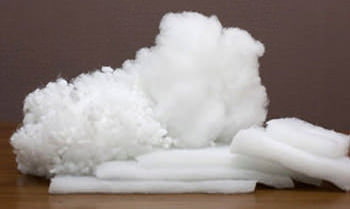
All used fillers can be divided into three groups:
- Natural
- Synthetic
Each group contains the most popular materials, which we will consider in the most detail.
Blankets made from natural animal filler
Natural materials enjoy a long-standing and well-deserved love, perhaps everyone has memories from childhood about grandmother's warm and cozy duvet, or hard, but so warm, “camel's”. What are the advantages and disadvantages of natural raw materials for the production of blankets?
Fluff
Bird fluff is perhaps one of the oldest fillers for bedding. Of course, today this is not at all the fluff with which our grandmothers stuffed feather beds. It is subjected to special treatment, trying to improve the positive qualities and neutralize the negative ones. But, nevertheless, this material still has drawbacks.
Pros:
- High heat-regulating ability, duvets are one of the warmest;
- High breathability;
- Ability to form a stable microclimate under a blanket;
- Ability to quickly regain shape;
- Low traceability;
- Down does not accumulate static electricity;
- Long service life (about two decades)
Minuses:
- Down is a breeding ground for dust mites, which are a strong allergen;
- Poorly permeates moisture vapors, easily damp, can absorb water up to almost half of its own weight;
- It is difficult to care for a down blanket, it must be subjected to a special treatment against ticks;
- High price.
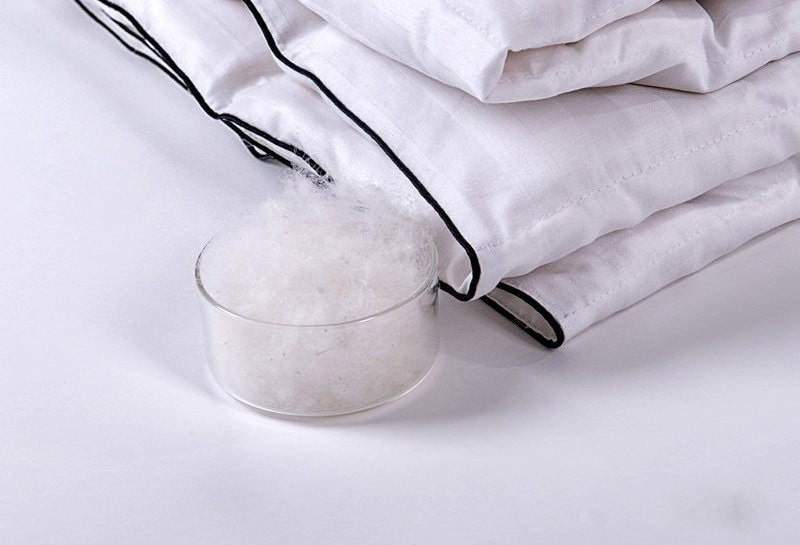
Sheep wool
A blanket made of natural filler "sheep's wool" is still considered curative. Indeed, if untreated wool is applied to the body for a long time, the lanolin contained in it can penetrate through the skin and have a positive effect on the health of joints and skin.However, unprocessed wool is not currently being used for production, and the usefulness of direct skin contact with such a material is questionable. However, the warming properties of wool are quite high, which in itself can have a healing effect in some cases.
Pros:
- Perfectly evaporates moisture, as a result, a zone of so-called "dry heat" is created under the blanket, which is very beneficial for the body;
- Does not accumulate static electricity;
- Budget price
Minuses:
- Large weight;
- The ability to cake;
- Care problems: only cleaning is permissible, blankets cannot be washed;
- Short service life (no more than five years);
- Allergy-causing (dust mites, animal wax).
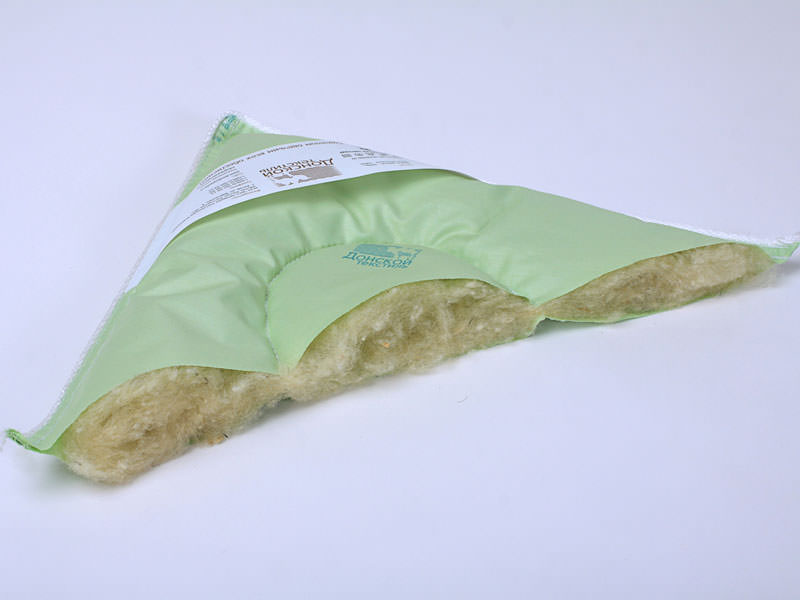
Camel wool
When choosing a filler for a blanket, you should pay attention to camel wool, which is popular in eastern countries. In terms of its properties, it is superior to that of a sheep.
Pros:
- It evaporates moisture well, creates "dry heat", curative for joint pains and colds, do not sweat under such a blanket;
- It conducts heat poorly, thus it is one of the warmest fillers;
- Has excellent air exchange;
- Does not accumulate static electricity;
- It has a low weight, comparable to the weight of products made of down;
- Practically no caking, since camel hair has elasticity;
- The service life is higher than that of down - up to 30 years.
Minuses:
- Just like down, it serves as a breeding ground for dust mites, which cause severe allergies in some people;
- The blanket can create a "tingling" sensation (if it is made from the wool of young animals, then this effect will not be);
- High price.
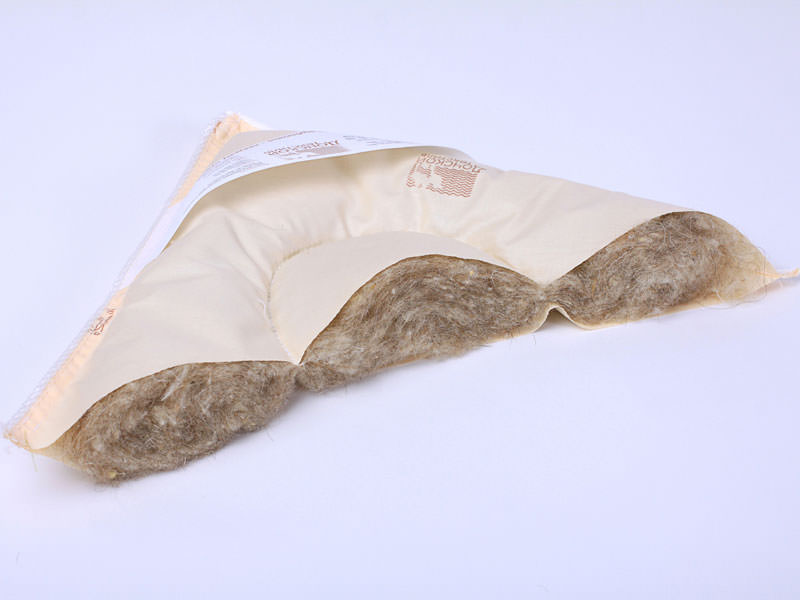
Silk
Silk fibers are obtained from the cocoons of the silkworm caterpillar. Not only the fibers themselves are used, but also not completely unwound cocoons.
Pros:
- Does not cause allergies, since dust mites do not live in it, this makes silk different from all other fillers obtained from animals;
- Has antibacterial properties;
- Good air and moisture exchange with the environment;
- Antistatic;
- Durability;
- Blankets made from natural filler obtained from silk fibers can be washed, but this does not have to be done often - there is enough ventilation.
Minuses:
- They do not retain heat well enough, are ideal for summer, but in winter it can be cold under a silk blanket;
- Very high price.
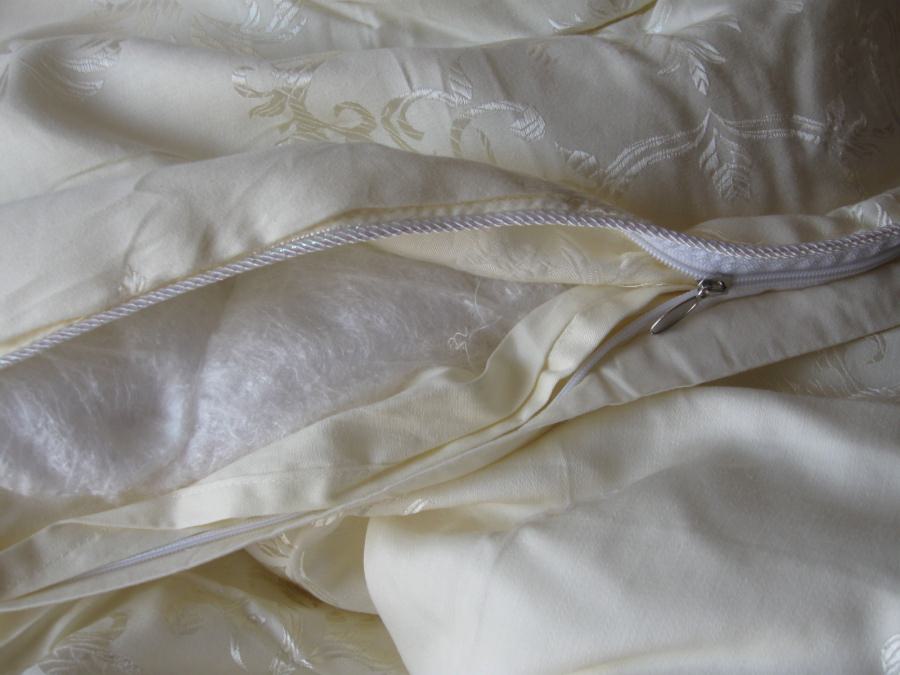
Blankets made from natural plant fillers
Cotton
The most inexpensive of all natural materials, cotton has rather low consumer properties. But, nevertheless, it can be a good budget alternative in the event that a long service life is not envisaged.
Pros:
- Does not create a favorable environment for the development of dust mites, does not cause allergies;
- It does not conduct heat well, due to which cotton fiber blankets are quite warm, it can be hot under them, and it is easy to sweat;
- Affordability.
Minuses:
- They are poorly permeable to moisture, can hold up to 40% in themselves;
- Their cotton blankets are very heavy;
- The material quickly cakes and loses its properties, respectively, the blanket does not last long.
To mitigate the negative properties, synthetic fibers are added to cotton; blankets with such combined fillers are lighter, last longer and are more comfortable for the body.
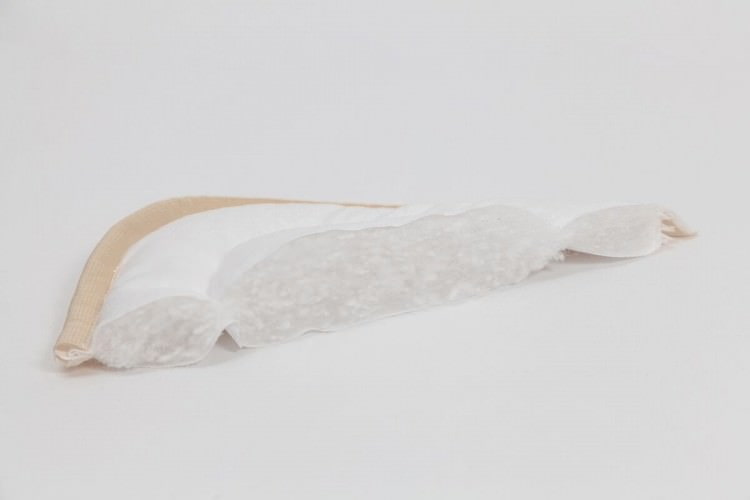
Linen
Flax and hemp are plants that, like cotton, have a fibrous structure, which makes them both fabrics and bedding fillers. Fillers for blankets, linen and hemp, can be used in any season - they create their own microclimate for a sleeping person, thanks to which it is always comfortable under them - it is not hot in summer and not cold in winter.
Pros:
- Dust mites and other allergy pathogens do not live in these fibers;
- They have good vapor and air permeability;
- The fibers of these plants have antimicrobial properties, which prevents the development of pathogenic microbes in bedding;
- Thermal conductivity is high enough;
- Easy to care for - they can be washed, while the products dry quickly;
- One of the most durable materials in the natural group.
Minuses:
- Very high price.
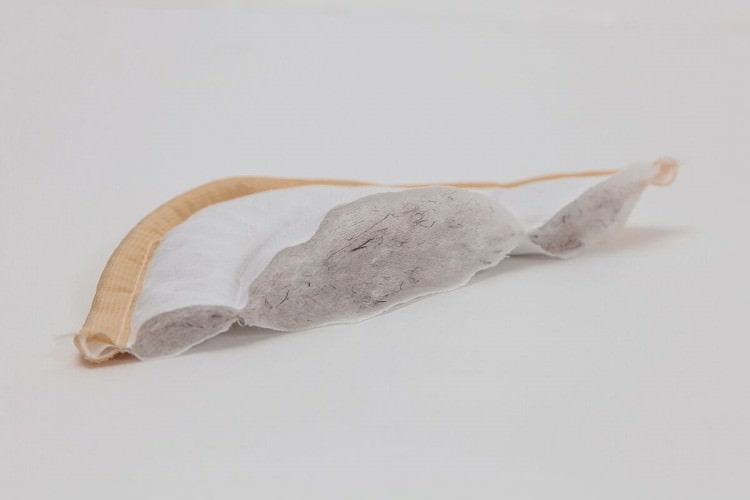
Bamboo
Recently, blanket fillers made from bamboo fibers have appeared on the market. Bamboo is a plant that does not have fibrous parts, so it is impossible to get fibers from it that are suitable for use in the production of bedding. To obtain bamboo fiber, the wood of the plant stems is processed in a special way, and then the fiber is pulled out of it.
Pros:
- Does not cause allergies;
- Has antibacterial properties;
- Good air permeability;
- Does not absorb odor;
- Does not accumulate static electricity;
- Blankets are lightweight;
- Items can be washed in the washing machine.
Minuses:
- They have a fairly high thermal conductivity, so the blankets are quite “cool”, more suitable for summer and off-season;
- Short service life - no more than two years (with the addition of artificial fiber, the service life increases);
- Almost does not absorb moisture.
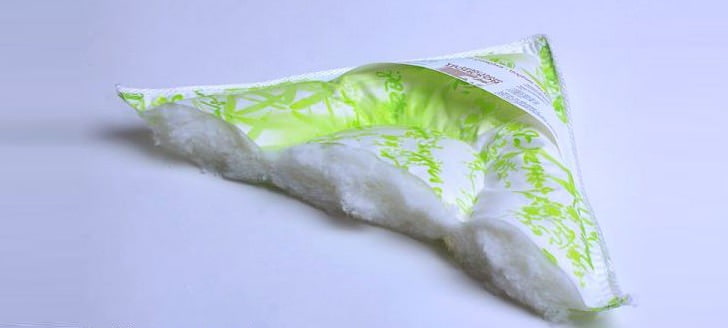
Eucalyptus
Fiber is obtained from the stems of this plant by processing cellulose. It has the names tenzel, or lyocell. Sometimes synthetic fibers are added to eucalyptus fibers to reduce the price.
Pros:
- Does not cause allergies;
- Possesses antimicrobial properties;
- It has low thermal conductivity, due to which it is one of the warmest materials obtained from plant fibers;
- It has elasticity, due to which it keeps its shape for a long time and does not cake;
- Has good moisture and air permeability;
- Has good antistatic properties;
- Machine washable;
- Quite a long service life - up to 10 years.
Minuses:
- The most expensive vegetable filler.
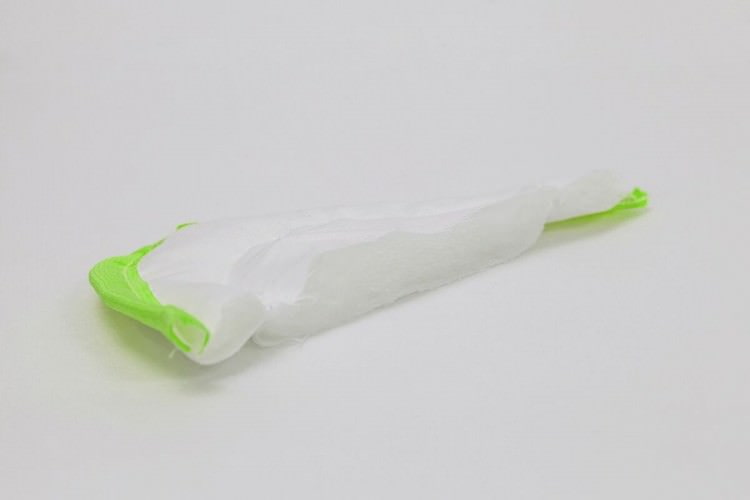
Synthetic Filled Blankets
Synthetic materials for filling pillows and blankets are obtained from synthetic raw materials. But this does not mean that they are not suitable for their purposes, often on the contrary - people manage to create what nature did not succeed in: the ideal filler option. Blankets with artificial filling made of synthetic fibers have good consumer qualities.
Thinsulate (swan's down)
This material was created as a replacement for swan down. It has all its advantages, although it also has its disadvantages. Suitable for summer and autumn months, as in summer it is easy to overheat under it, and in winter it can be cold.
Pros:
- Does not cause allergies;
- Does not emit substances harmful to health into the air;
- It does not conduct heat well, due to which the blankets are very warm;
- Very lightweight;
- Does not clump, does not cake, retains its original shape well;
- Machine washable.
Minuses:
- Builds up static electricity;
- It has low vapor and air permeability.
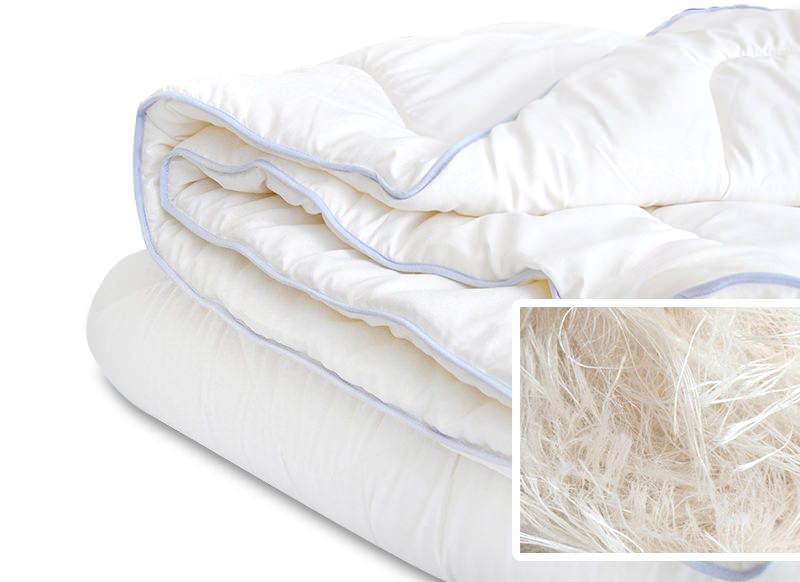
Polyester fiber
Most of modern synthetic fiber fillers are made from this material: holofiber, ecofiber, comfortel, microfiber and others. Blankets made of artificial filler "polyester fiber" are similar in their properties.
Pros:
- Do not cause allergies;
- Do not emit harmful substances;
- Do not cake for a long time;
- Keep warm well;
- They weigh relatively little;
- Washable, short drying time;
- They serve for at least 10 years.
Minuses:
- Low vapor and air permeability, poor moisture absorption;
- Static build-up.
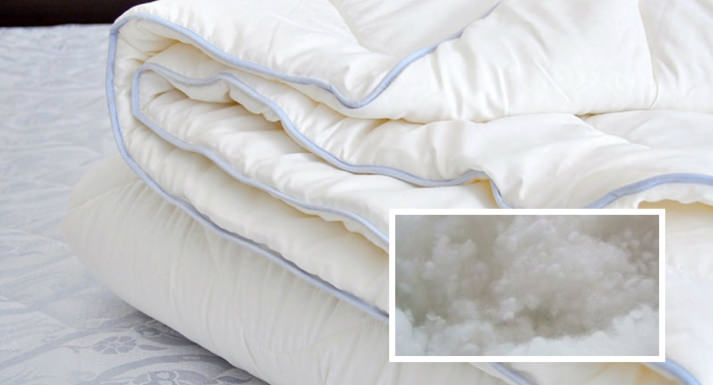
How to choose a blanket by filler: tips
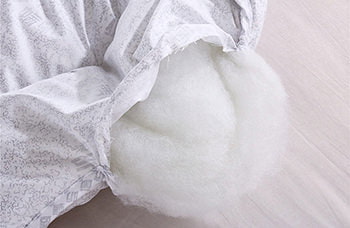
Ultimately, it all comes down to personal preference for comfort as well as health. Those who like a warmer blanket prefer down and wool as a filler. However, it is worth remembering that they are not suitable for allergy sufferers.For allergy sufferers, plant fiber blankets can be a suitable alternative, while it is worth buying different blankets for different seasons: in summer it is more comfortable to hide in bamboo or silk, in winter - in linen, cotton or eucalyptus.
Quilts made of artificial filler obtained from synthetic fibers surpass products with natural filler in almost all their qualities. They have only one minus - they do not allow moisture vapor to pass through well, which means that at the slightest overheating, the body will begin to sweat. To prevent this from happening, the thickness of such blankets must be changed from season to season.

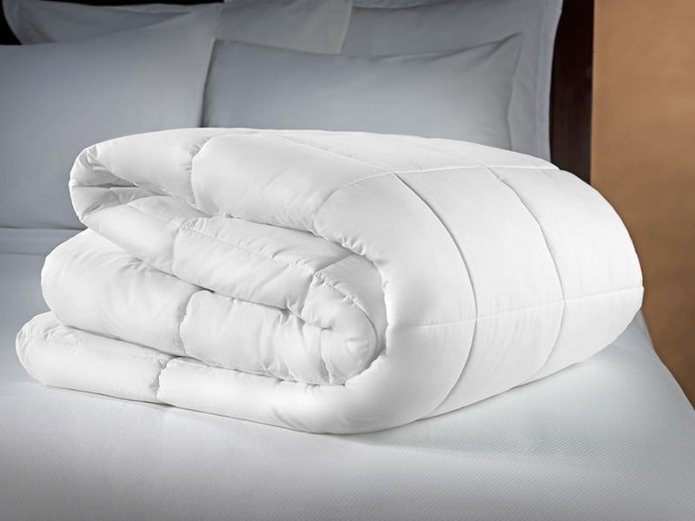
 10 practical tips for arranging a small kitchen in the country
10 practical tips for arranging a small kitchen in the country
 12 simple ideas for a small garden that will make it visually spacious
12 simple ideas for a small garden that will make it visually spacious
 Wall design in the bedroom: choice of colors, finishes, 130 photos in the interior
Wall design in the bedroom: choice of colors, finishes, 130 photos in the interior Bedroom design with gray wallpaper: 70 best photos in the interior
Bedroom design with gray wallpaper: 70 best photos in the interior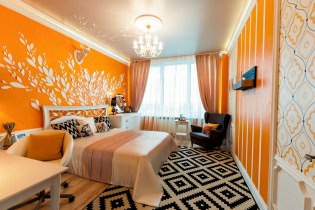 Bedroom design in orange tones: design features, combinations, photos
Bedroom design in orange tones: design features, combinations, photos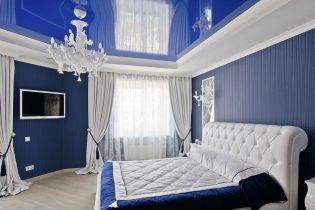 Stretch ceilings in the bedroom: 60 modern options, photo in the interior
Stretch ceilings in the bedroom: 60 modern options, photo in the interior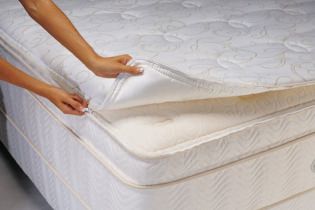 The choice of an orthopedic mattress: features, types of fillers, sizes
The choice of an orthopedic mattress: features, types of fillers, sizes Bedroom design for a girl: photos, design features
Bedroom design for a girl: photos, design features